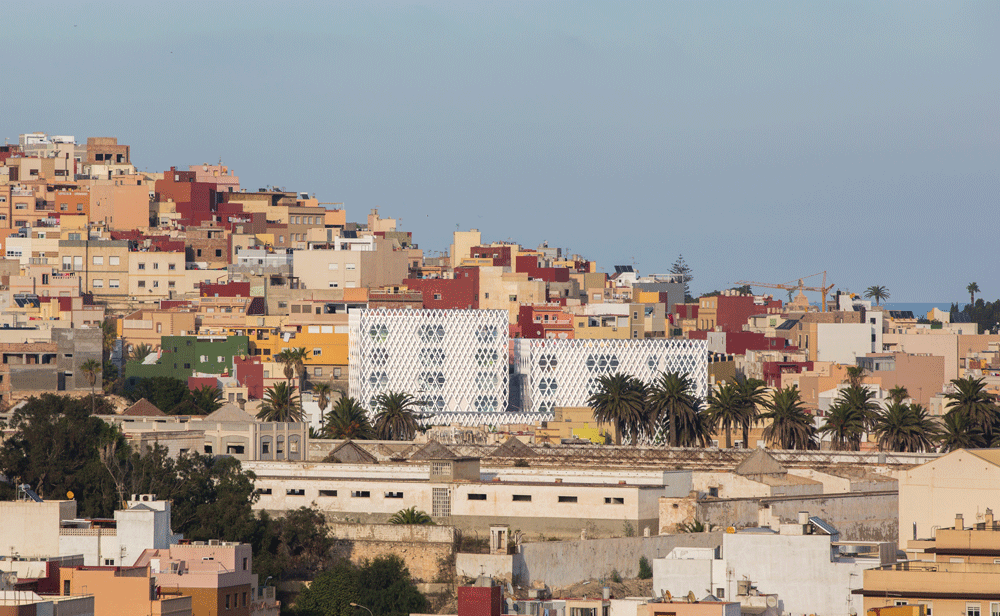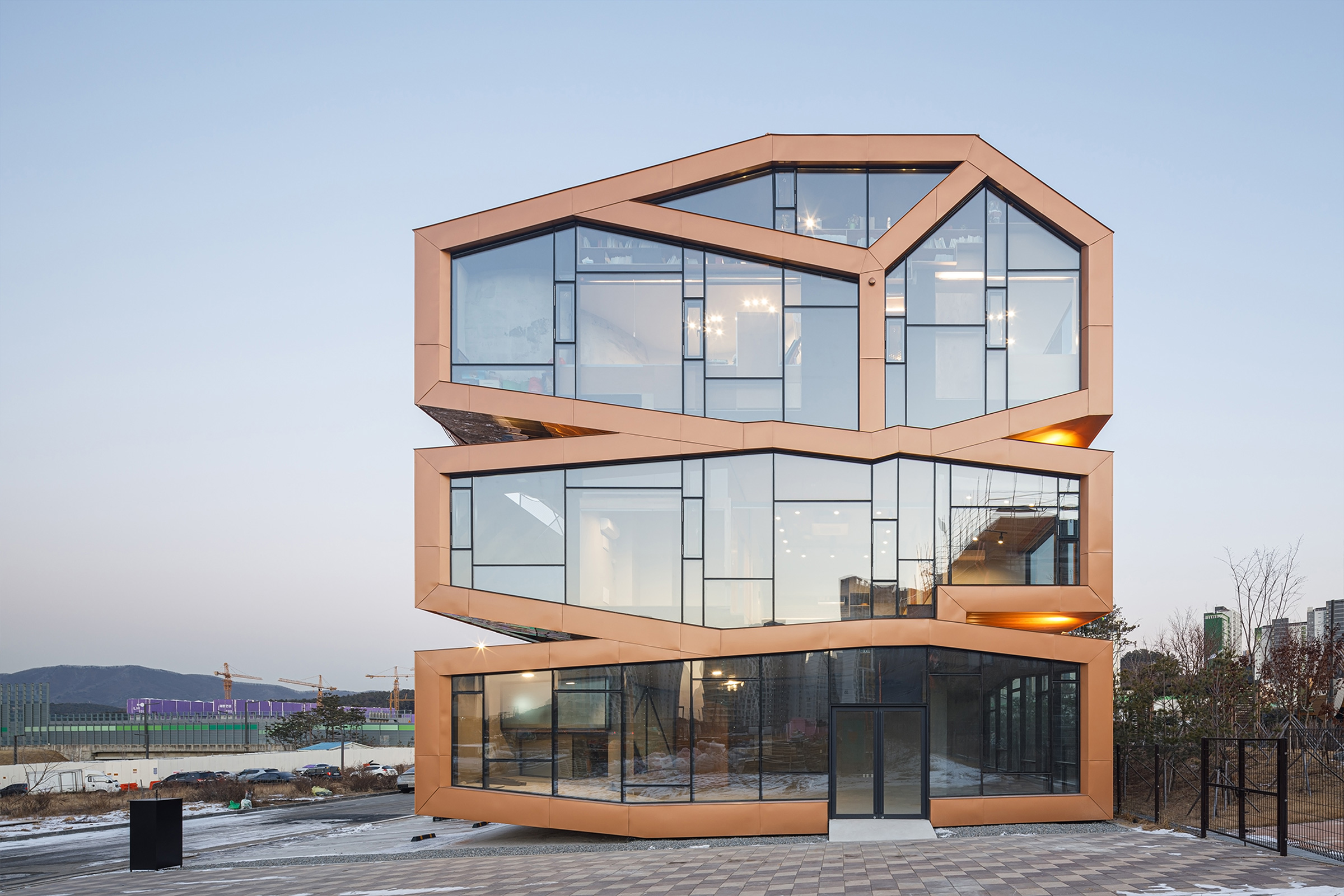Christchurch, New Zealand

The following description is courtesy of Schmidt Hammer Lassen.
In the wake of devastating earthquakes, Tūranga, the new Christchurch central library designed by Schmidt Hammer Lassen Architects and Architectus, opens in New Zealand.
Together with principal collaborating architectural firm Architectus, Schmidt Hammer Lassen’s design feat is a graceful amalgamation of resilience, functionality and cultural awareness at the center of the earthquake-damaged city’s redevelopment.
Over the course of 15 months in 2010 and 2011, Christchurch, the largest city of New Zealand’s South Island, was devastated by four major earthquakes that toppled a city known for its arts, culture and surrounding natural beauty. Schmidt Hammer Lassen Architects, together with

The new central library is a visually stunning symbol of hope, unity, and rebirth that will fundamentally change the way residents and visitors experience Christchurch’s city


“Tūrangais the kind of multi-faceted project that layers architectural interest with significant cultural relevance,” said Morten Schmidt, Founding Partner at Schmidt Hammer Lassen, lead designers of the library. “It has been a privilege to design a project that not only fulfills the need for a new central library, but also one whose mission of restoring the soul of the city includes the deep cultural heritage of Ngāi Tūāhuriri, the local Māoripeople.”
A luminous beacon of renewal
The design of the


This cultural representation is first evident in the golden veil that cloaks the building in a striking, graphic façade. Its visual quality intensifies at sunset when the day’s last rays of light draw out a depth of sheen. The vacillating form of the veil is inspired by the surrounding rolling hills that can be seen from the upper floors of the library, and the long, thick blades of the local harakeke flax that is a fundamental natural resource for traditional cultural practices.

As library-goers approach the building, they are drawn into the informal, welcoming entrance that connects the library with Cathedral Square and surrounding buildings. The ground floor is a continuation of the public realm of the square, which is one of Christchurch’s key urban spaces for public gatherings, events, markets


Inside the entrance is a café, as well as a technology and innovation zone that features a


In an effort to enhance the civic activities of Cathedral Square, the second level houses a Community Arena—a space for the people of Christchurch to discuss



Ascending further into the library, the upper three floors house various book collections, staff offices, meeting and study rooms, a production studio, a computer lab, and a music studio among other functions. Several points in the Canterbury landscape, including the Southern Alps and the Banks Peninsula, are visible from the upper levels of the library and drove the placement and orientation of the roof terraces. One of the two roof terraces is orientated to the north and northeast towards significant Ngāi Tūāhuriri landmarks including Mount Grey; Tuahiwi, the rural settlement


The building’s five levels are connected by a grand, staggered atrium featuring a social staircase for gathering, reading, and resting. The design of the atrium references Tāwhaki, a superhuman from ancestral traditions, and his determined pursuit of knowledge in his ascent through the heavens. Puaka, a significant star for the local Ngāi Tahu tribe, is referenced in the patterned skylights above the atrium.
A resilient engineering triumph
Lewis Bradford Consulting Engineers, the structural engineering firm on the project, was instrumental in developinga structure that could withstand future potential earthquakes of the magnitude that destroyed so many of Christchurch’s buildingsin 2011. Tūranga was constructed to very stringent performance

Part of the innovative set up is a seismic force-resisting system made up of a series of large-scale concrete walls that can rock and shift to isolate the building from peak earthquake accelerations during a significant seismic event. Each wall has high tensile, pre-tensioned steel cables that clamp the wall to the foundations with approximately 1,000 tonnes of force per wall. The stretch of these cables return the building to its original position after an earthquake, ensuring the library will stand as a unifying landmark in Christchurch for generations to come.
Project Facts
Client: Christchurch City Council
Lead Design Architect: Schmidt Hammer Lassen Architects
Principal Collaborating Architect: Architectus
Main Contractor: Southbase Construction
Structural Engineer: Lewis Bradford Consulting Engineers Ltd.
Cultural Consultants: Matapopore Charitable Trust
Building Area: 9,500 m2
Competition: Winner of contract in an international competition, 2013
Status: Completed, 2018
Photography: Adam Mørk




